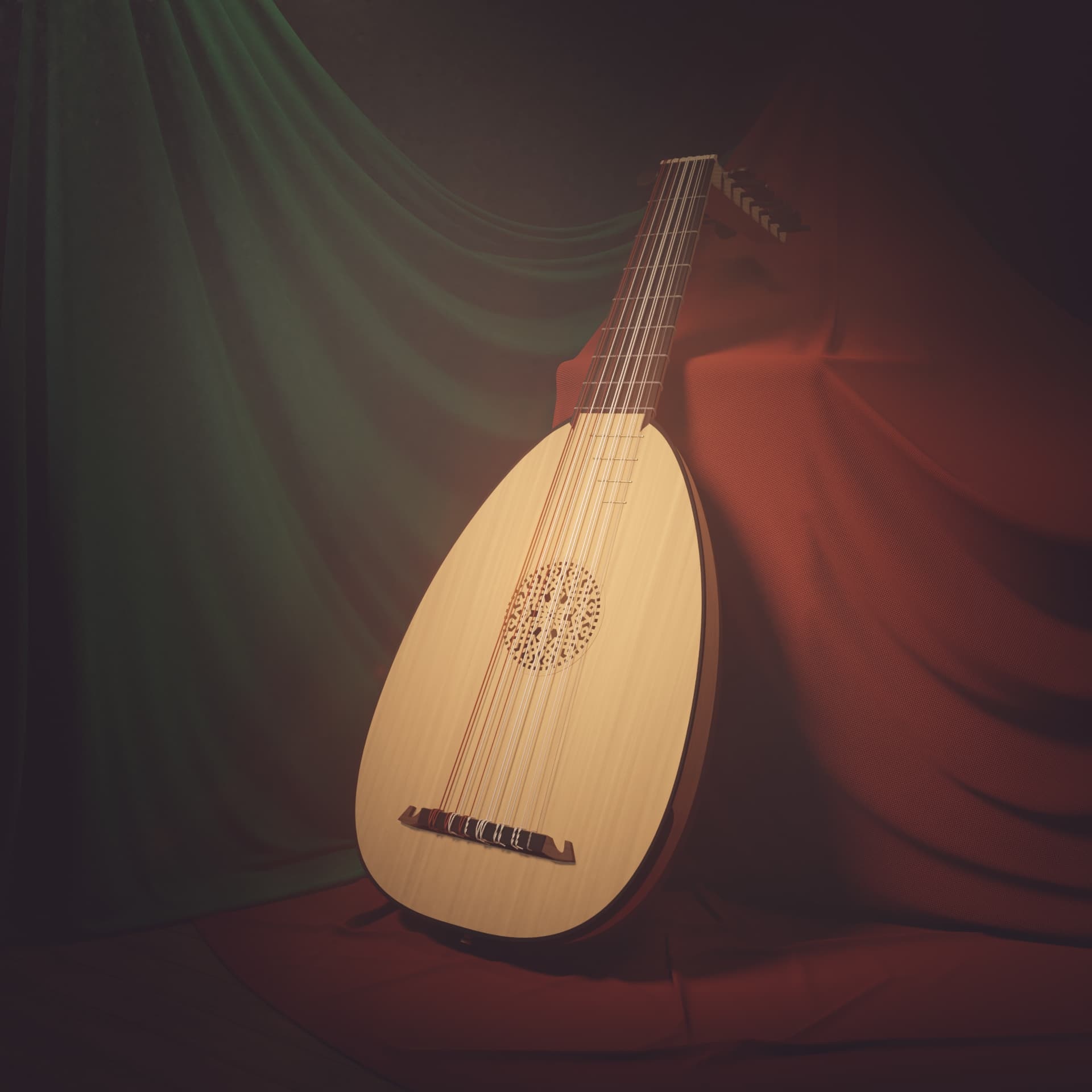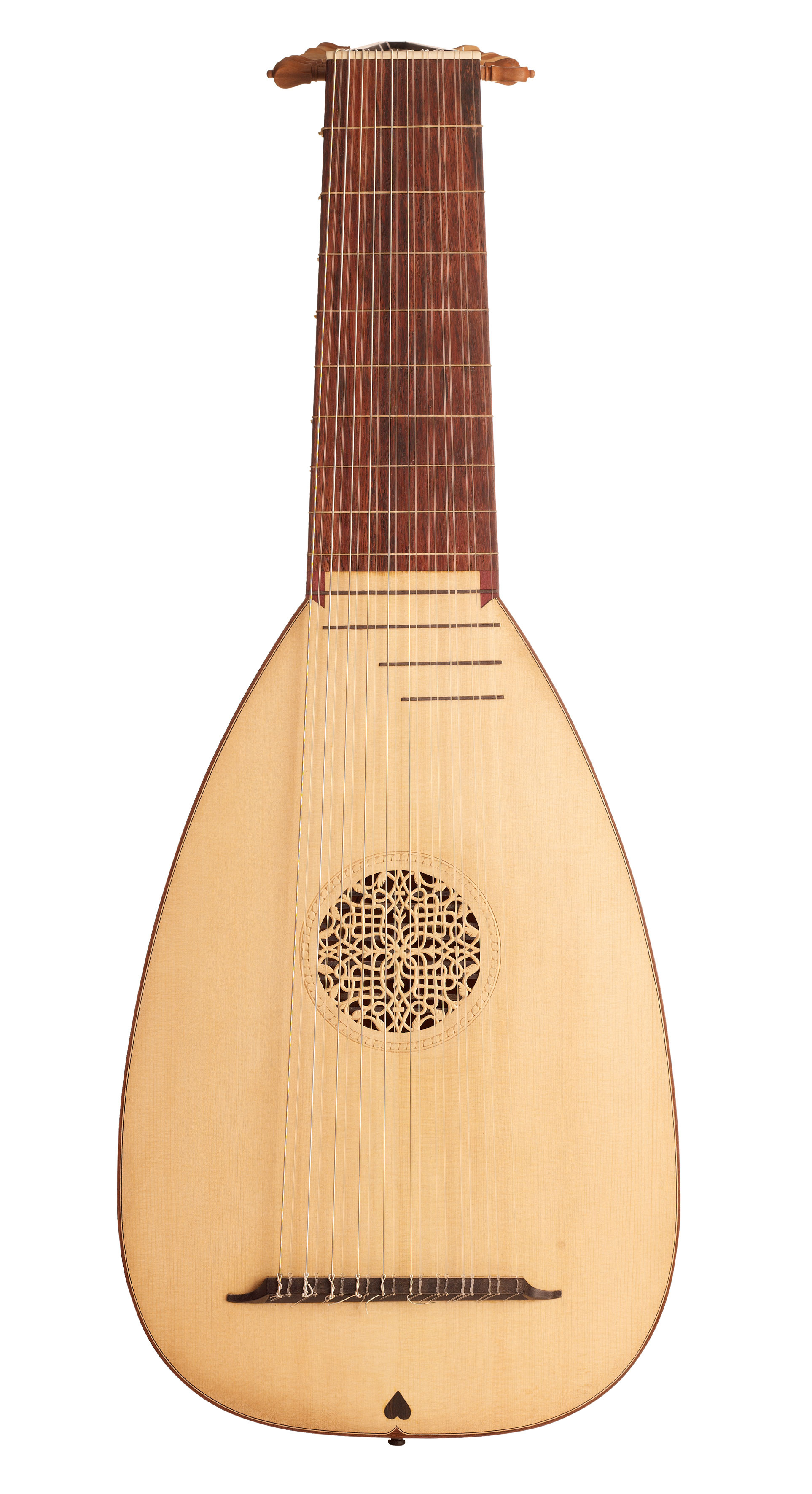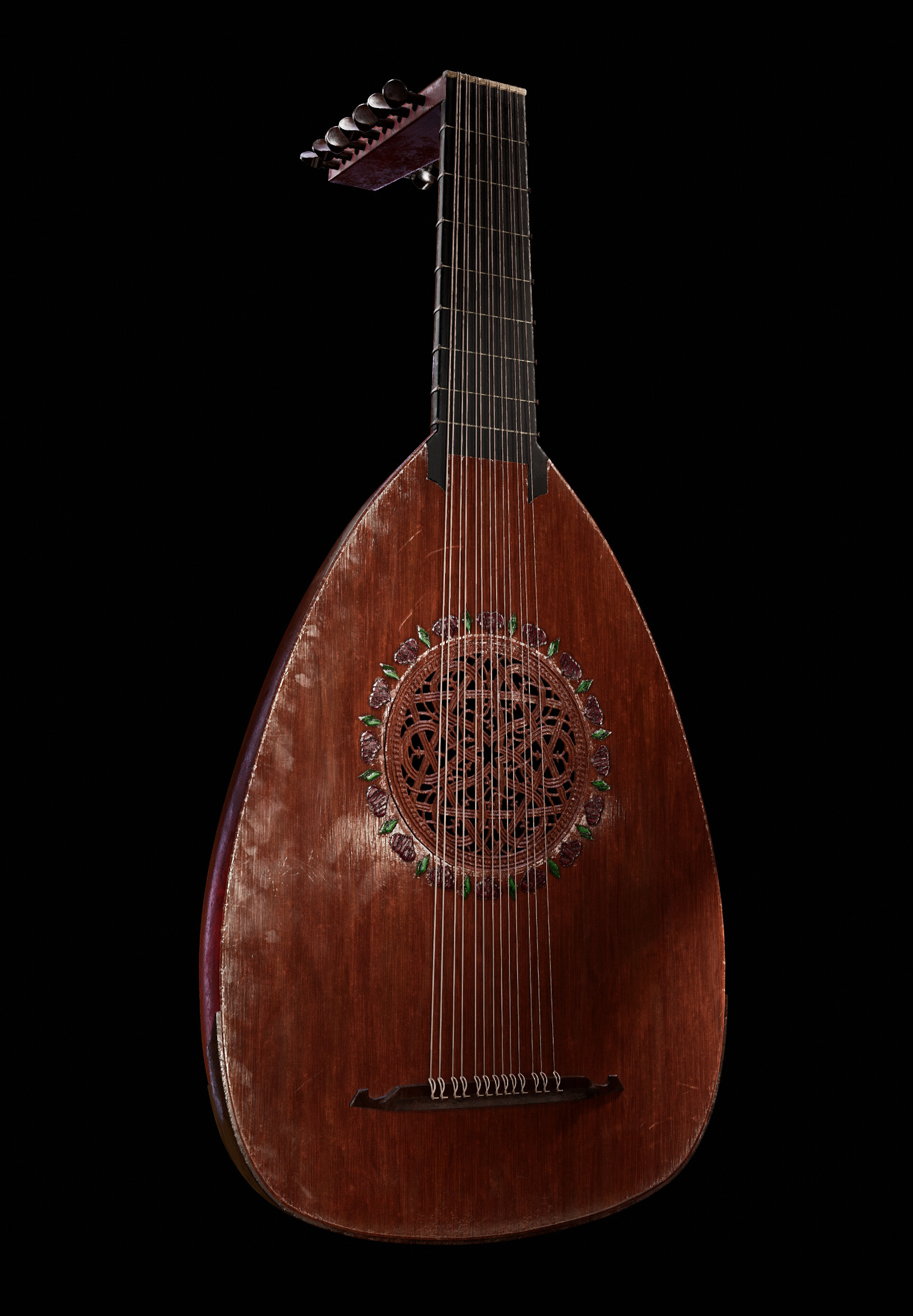What’s A Lute? A Deep Dive Into The Soulful Strings Of History
Ever wondered what’s a lute? Well, buckle up, my friend, because we’re about to embark on a musical journey that’ll make you appreciate the rich tapestry of sound this ancient instrument brings to the table. The lute, my dear reader, is not just any ol’ stringed thingy; it’s a masterpiece of craftsmanship, history, and sheer sonic beauty. If you’ve ever heard a lute being played, you’d know it sounds like a dreamy whisper from another era.
Now, before we dive headfirst into the world of lutes, let’s get one thing straight: this ain’t just some random instrument that your grandma might’ve mentioned once. The lute has been around for centuries, and its influence on music is as deep as the ocean. It’s like the Beyoncé of Renaissance music—iconic, timeless, and absolutely captivating. So, if you’re ready to uncover the secrets of this legendary instrument, keep reading!
But why should you care about the lute, you ask? Well, because it’s more than just a bunch of strings and wood. It’s a symbol of culture, artistry, and human ingenuity. Whether you’re a musician, a history buff, or just someone who loves discovering cool stuff, the lute has something to offer. So, let’s get started and unravel the mystery behind this enchanting instrument!
- Bobbi Althon The Rising Star Whos Taking The World By Storm
- Annalynne Mccord The Rising Star Of Hollywood Who Stole Our Hearts
Table of Contents
- A Brief History of the Lute
- Biography of the Lute
- The Structure of a Lute
- Lute Music Through the Ages
- Famous Lutenists You Should Know
- How to Play the Lute
- The Lute in Modern Times
- Buying a Lute: What to Look For
- Maintaining Your Lute
- Conclusion: Why the Lute Matters
A Brief History of the Lute
Alright, let’s rewind the clock and take a trip back to where it all began. The lute, as we know it today, has its roots in the Middle East, where it was known as the “oud.” This bad boy made its way to Europe during the Moorish conquest of Spain, and boy, did it make an impact. By the Renaissance era, the lute had become the go-to instrument for courtly music, serenades, and pretty much anything that required a touch of elegance.
But here’s the kicker: the lute didn’t just pop up out of nowhere. It evolved over time, with different regions adding their own twists to its design and sound. From the small, portable versions to the grand, multi-stringed monsters, the lute adapted to the needs of its players and audiences. And let’s not forget the fact that it was often associated with love, poetry, and all things romantic. Yep, the lute was basically the soundtrack to your medieval Netflix drama.
The Evolution of the Lute
Let’s break it down a little further. The lute started off as a simple, four-stringed instrument in ancient Egypt and Mesopotamia. As it traveled through the centuries, it gained more strings, more frets, and more complexity. By the time the Renaissance rolled around, the lute had become a 10-stringed beast capable of producing some seriously complex harmonies. And if you think that’s impressive, just wait till we talk about the 14-stringed versions that came later!
- West Reading Christmas Tree Farm Your Ultimate Holiday Destination
- Did Fox News Fire Jessica Tarlov Unpacking The Drama Behind The Headlines
Biography of the Lute
Now, let’s get personal for a sec. Here’s a quick rundown of the lute’s life story:
| Origin | Middle East (as the oud) |
|---|---|
| First Appearance in Europe | 13th Century |
| Peak Popularity | Renaissance Era |
| Number of Strings | Varies from 4 to 14 |
| Modern Use | Classical music, folk music, and experimental genres |
So, there you have it—a snapshot of the lute’s illustrious career. But don’t worry, we’re just getting started. There’s so much more to uncover about this incredible instrument!
The Structure of a Lute
Alright, let’s get technical for a moment. The lute is not just a random piece of wood with strings slapped onto it. Oh no, my friend, it’s a carefully crafted work of art. The body of the lute is typically pear-shaped, with a deep, rounded back that resonates sound like a dream. The neck is long and slender, with frets that guide your fingers as you play. And then there are the strings—usually made of gut or nylon, depending on the era and the player’s preference.
But wait, there’s more! The lute also has a distinctive feature called the “rose,” which is a decorative soundhole on the front of the instrument. This rose isn’t just for show; it actually helps amplify the sound and give it that signature lute vibe. And let’s not forget the pegbox, where the strings are tuned. It’s like the control center of the whole operation.
Key Components of the Lute
- Body: The resonating chamber that gives the lute its warm, rich sound.
- Neck: The long, slender part where the strings are fretted.
- Rose: The decorative soundhole that enhances the sound.
- Pegbox: The part where the strings are tuned.
See? The lute is not just a bunch of random parts thrown together. It’s a carefully designed instrument that’s built to deliver the goods when it comes to sound and style.
Lute Music Through the Ages
Now, let’s talk about the music. The lute has been around for so long that it’s practically seen it all. From the courts of kings and queens to the humble taverns of medieval Europe, the lute has played a role in just about every kind of music you can think of. But what exactly does lute music sound like? Well, it’s like a mix of classical elegance and folk simplicity, with a dash of mystery thrown in for good measure.
During the Renaissance, the lute was often used to accompany vocal music, adding a rich harmonic layer to songs about love, loss, and everything in between. And if you’re thinking that lute music is all about slow, mournful ballads, think again. There’s plenty of upbeat, dance-worthy tunes in the lute repertoire as well. It’s like the Swiss Army knife of instruments—versatile, adaptable, and always ready for action.
Famous Lute Composers
Speaking of music, let’s give a shoutout to some of the great lute composers who helped shape the instrument’s legacy:
- John Dowland: Known for his melancholic songs and lute music, Dowland was a master of the Renaissance era.
- Francisco Guerau: A Spanish composer who wrote some of the most beautiful lute music of the Baroque period.
- Robert Johnson: Not the blues legend, but the English lutenist who composed music for Shakespeare’s plays.
These guys, and many others, helped elevate the lute to new heights of musical excellence. And their work continues to inspire musicians to this day.
Famous Lutenists You Should Know
Alright, let’s talk about the people who made the lute famous. Over the centuries, there have been some truly legendary lutenists who have left an indelible mark on the instrument’s history. These guys weren’t just playing for fun; they were pushing the boundaries of what the lute could do, and they were doing it with style.
One of the most famous lutenists of all time is none other than John Dowland. If you’ve ever heard the phrase “Flow my tears,” you’ve got Dowland to thank for it. His music was so popular that it was even played in the courts of Europe. And let’s not forget the great Francesco da Milano, who was known as the “Orpheus of the lute” during his time. These guys were the rock stars of their era, and their influence is still felt today.
Modern Lutenists
But don’t think for a second that the lute is a thing of the past. There are plenty of modern lutenists who are keeping the tradition alive. Guys like Paul O’Dette and Hopkinson Smith are doing some seriously impressive work, bringing the lute to new audiences and proving that it’s still relevant in today’s music scene. So, if you’re looking for some fresh lute sounds, check these guys out!
How to Play the Lute
Alright, let’s say you’ve decided to take the plunge and learn how to play the lute. Where do you start? Well, first things first: you’re gonna need an instrument. But before you go running out to buy the first lute you see, there are a few things you should know.
Playing the lute is not like playing the guitar or the violin. It’s got its own unique techniques and challenges. For one thing, the strings are closer together, which can make it tricky for beginners. And then there’s the whole tuning thing. The lute has a lot of strings, and each one needs to be tuned just right to get the sound you’re looking for. But don’t worry, with a little practice, you’ll get the hang of it in no time.
Tips for Beginners
- Start with the Basics: Learn the fundamentals of tuning, fingering, and strumming before you dive into complex pieces.
- Find a Teacher: A good teacher can make all the difference when it comes to learning the lute.
- Practice Regularly: Like any instrument, the lute requires dedication and practice to master.
And remember, playing the lute is supposed to be fun! Don’t get too caught up in perfection. Just enjoy the process and let the music flow.
The Lute in Modern Times
So, where does the lute fit in today’s world? Well, it’s not exactly a mainstream instrument, but it’s definitely making waves in certain circles. From classical concerts to experimental music, the lute is finding new audiences and new ways to express itself. And with the rise of digital platforms and social media, more people than ever are discovering the beauty of this ancient instrument.
But here’s the thing: the lute isn’t just for classical music anymore. Musicians from all genres are incorporating it into their work, creating fresh, exciting sounds that push the boundaries of what’s possible. So, whether you’re into folk, rock, or electronic music, there’s a place for the lute in your world. And who knows? Maybe one day, the lute will make a comeback and become the next big thing!
Buying a Lute: What to Look For
Alright, let’s say you’ve decided to buy a lute. Where do you start? First off, you need to decide what kind of lute you want. There are all sorts of options out there, from small, beginner-friendly models to full-sized, professional-grade instruments. And then there’s the question of materials. Do you want a traditional wood lute, or are you open to something more modern?
Another thing to consider is the number of strings. Some lutes have as few as four strings, while others have as many as 14. It all depends on what kind of music you want to play and what kind of sound you’re looking for. And let’s not forget the price. Lutes can range from a few hundred dollars to several thousand, so it’s important to set a budget before you start shopping.
Where to Buy
When it comes to buying a lute, you’ve got a few options. You can go the traditional route and visit a local music store, or you can explore the world of online retailers. Just make sure you’re buying from a reputable source



Detail Author:
- Name : Lamont Armstrong
- Username : ezra24
- Email : runte.kelton@hotmail.com
- Birthdate : 2003-12-16
- Address : 13948 Bayer Mountains Apt. 878 East Deontestad, IL 85995
- Phone : +1 (843) 452-6643
- Company : Grant-Stokes
- Job : Video Editor
- Bio : Similique in temporibus aut suscipit vitae mollitia. Et occaecati dicta natus natus consequuntur autem. Vitae consequatur quia magni quo. Et delectus possimus voluptatem sint minima ut saepe.
Socials
instagram:
- url : https://instagram.com/lockman2003
- username : lockman2003
- bio : Maiores facilis itaque dolores eius sed. Iure necessitatibus et vero voluptatem.
- followers : 4948
- following : 2463
linkedin:
- url : https://linkedin.com/in/annalise_official
- username : annalise_official
- bio : Enim quidem totam numquam sunt mollitia fuga.
- followers : 5629
- following : 1882
tiktok:
- url : https://tiktok.com/@annalise4823
- username : annalise4823
- bio : Accusamus et nostrum et tempora. Saepe ut est dolores quidem a.
- followers : 1560
- following : 700
twitter:
- url : https://twitter.com/lockmana
- username : lockmana
- bio : Inventore non consectetur consequuntur corporis suscipit. Tempore ut eligendi rerum aut libero voluptatem. Modi at labore ipsum provident libero officia.
- followers : 2648
- following : 1153